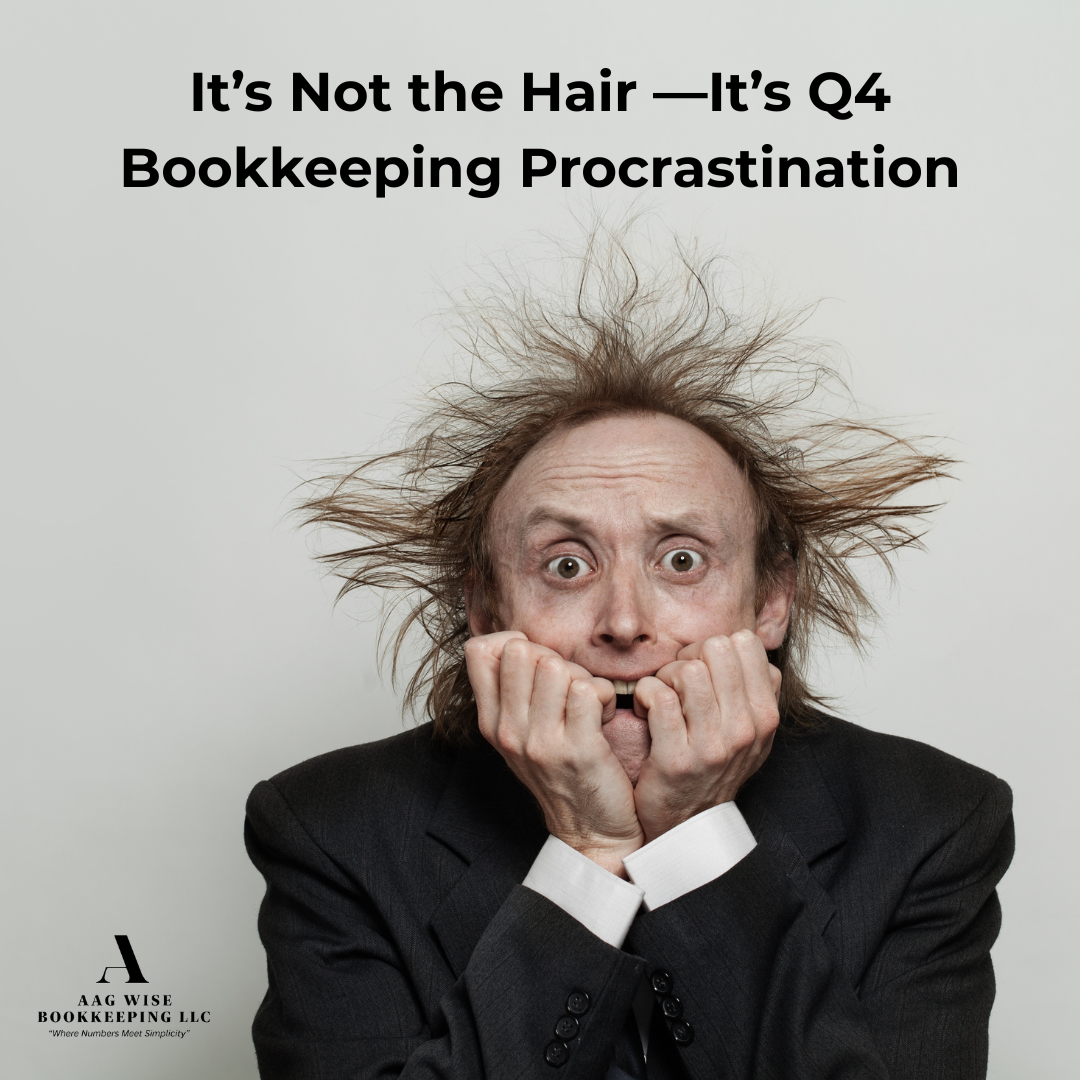Assets and Liabilities: Why Every Business Owner Should Pay Attention
Understanding the Financial Health of Your Business Starts with Knowing What You Own and What You Owe.
Assets and Liabilities: Why Every Business Owner Should Pay Attention
As a small business owner, you make dozens of decisions every day—some big, some small. But there’s one area of your business that quietly holds the power to influence them all: your assets and liabilities.
These two financial categories form the foundation of your Balance Sheet, one of the most important financial statements in your business. When you understand what you own and what you owe, you gain the clarity and confidence needed to make smart, strategic decisions.
In this article, we’ll cover:
- What assets and liabilities are
- Why they matter for your business
- How to read your Balance Sheet
- What red flags (and opportunities) to look for
- How to use this knowledge to build a stronger business
What Are Assets and Liabilities?
Let’s start with the basics:
Assets = What Your Business Owns
These are the valuable resources your business controls. Examples include:
- Cash in your bank accounts
- Money customers owe you (accounts receivable)
- Inventory or supplies
- Tools, vehicles, or equipment
- Real estate
- Prepaid expenses like insurance
Liabilities = What Your Business Owes
These are your financial obligations to others, such as:
- Credit card balances
- Loans or lines of credit
- Unpaid bills (accounts payable)
- Taxes owed
- Payroll obligations
When you subtract your liabilities from your assets, you’re left with Owner’s Equity—this represents your net worth in the business.
Why This Matters: The Big Picture
Understanding your assets and liabilities isn’t just about bookkeeping—it’s about running your business with eyes wide open. Here’s why it’s so important:
It Gives You a Clear Picture of Where You Stand
A Balance Sheet helps you see your business’s financial health at a glance. Are you building value or digging into debt? The numbers will tell you.
It Helps You Make Better Business Decisions
Thinking about buying new equipment? Hiring a new employee? Expanding your services? These decisions are easier—and less risky—when you understand your financial position.
It Builds Trust with Banks and Lenders
If you ever apply for a loan or line of credit, lenders will look closely at your assets and liabilities. A healthy Balance Sheet strengthens your credibility.
It Keeps Surprises to a Minimum
When you monitor your liabilities regularly, you’re less likely to get caught off guard by debt or cash flow issues.
How to Read Your Balance Sheet
A typical Balance Sheet is divided into three main sections:
Assets
- Current Assets (convert to cash within a year): cash, accounts receivable, inventory
- Fixed Assets (long-term): equipment, vehicles, property
Liabilities
- Current Liabilities (due within a year): credit card bills, unpaid vendor invoices
- Long-Term Liabilities: business loans, equipment financing
Owner’s Equity
This represents the value remaining after liabilities are subtracted from assets. If this number is growing over time, your business is becoming more valuable.
What Should You Be Looking At?
Here are a few key questions to ask when reviewing your Balance Sheet:
- Do my assets exceed my liabilities? A positive net position is a good sign.
- Am I relying too heavily on debt? Too much borrowing can limit flexibility.
- Do I have enough cash on hand? Cash flow is king—always.
- Are my receivables piling up? If clients aren’t paying promptly, your cash flow could suffer.
- Is my equity increasing over time? This means your business is growing in value.
Staying on Top of Your Finances
The Balance Sheet is not just a year-end report—it’s a tool you can use regularly to guide your decisions. Here’s how to make the most of it:
- Review it monthly, alongside your Profit & Loss Statement
- Track trends over time—look for improvements or warning signs
- Work with a bookkeeper who can explain your numbers clearly and keep your records accurate
- Set financial goals—like increasing assets or paying down debt—and use your Balance Sheet to track progress
Final Thoughts: Knowledge Is Power
When you understand your assets and liabilities, you gain control over your business’s future. Instead of reacting to financial challenges, you can plan ahead with confidence.
At AAG Wise Bookkeeping, we help small business owners make sense of their numbers and use them as a guide—not a mystery. If you’re ready to feel more confident about your business finances, we’re here to help.
Need Help Understanding Your Balance Sheet?
We offer clear, judgment-free guidance to help you get the clarity you deserve.
Schedule a free discovery call today—and take the first step toward financial confidence.
👉 https://calendly.com/anna-aagwisebookkeeping




